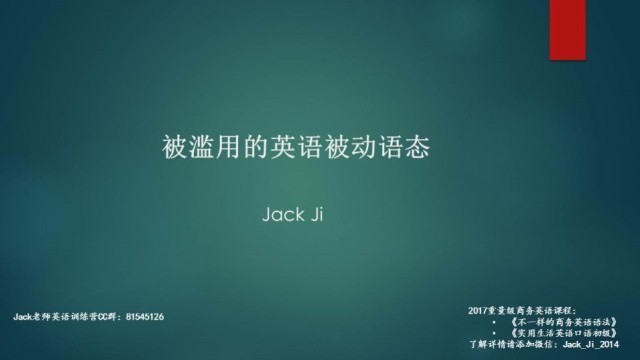英语代词的用法

代词是代替名词、动词、形容词、数量词的词,可以分为:人称代词、物主代词、指示代词、反身代词、疑问代词、不定代词、关系代词、相互代词、连接代词。
一、人称代词是表示"我"、"你"、"他"、"她"、"它"、"我们"、"你们"、"他们"的词。人称代词有人称、数和格的变化。
主格:I, you, he, she, it, we, you, they
宾格:me, you, him, her, it, us, you, them
二、 物主代词表示所有关系的代词。物主代词分形容性物主代词和名词性物主代词两种。
形容词性物主代词有my, your, his, her, its, our, their
名词性物主代词有 mine, yours, his, hers, its, ours, theirs
三、 指示代词表示"那个"、"这个"、"这些"、"那些"等指示概念的代词。
指示代词有this, that, these, those, such, some
四、 表示"我自己"、"你自己"、"他自己"、"我们自己"、"你们自己"和"他们自己"等的代词,叫做自身代词,也称为"反身代词"。
反身代词有 myself, yourself, himself, herself, itself, ourselves, yourselves, themselves
五、 表示相互关系的代词叫相互代词。
相互代词有each other , one another
六、 不是指明代替任何特定名词的代词叫做不定代词。
不定代词有 one, some, any, each, every, none, no, many, much, few, little, a few, a little, other, another, all, both, neither, either
七、疑问代词在句子中用来构成特殊疑问句或用作连接代词。
疑问代词有 who, whom, whose, which, what, whoever, whichever, whatever
八、 关系代词可用作引导从句的关联词。它们在定语从句中可作主语、表语、宾语、定语等;另一方面它们又代表主句中为定语从句所修饰的那个名词或代词(通称为先行词)。
关系代词有 that, which, who, whom, whose, as
例:
1.I like his car.
我喜欢他的小汽车。
2.Our school is here,and theirs is there.
我们的学校在这儿,他们的在那儿。
3.He is my brother.
他是我的哥哥。
4.She is my sister.
她是我的妹妹。
5.It is my ruler.
它是我的尺子。
6.This is my book.
这是我的书。
- 相关热点:
- 2014年考研成绩查询入口











